The "Hurricane Katrina: Past, Present and Future Driving Tour" offers a unique and insightful exploration of New Orleans’ transformative journey since the catastrophic storm in 2005. Participants will witness first-hand the stark contrast between abandoned neighborhoods and revitalized communities, gaining a deeper understanding of the city’s ongoing recovery efforts. From significant upgrades to the levee system to innovative community projects, the tour highlights the resilience and determination of the local residents. By examining the historical challenges and future preparedness strategies, the tour provides a compelling perspective on the critical importance of sustainable development in safeguarding against the threat of future disasters.
Key Points
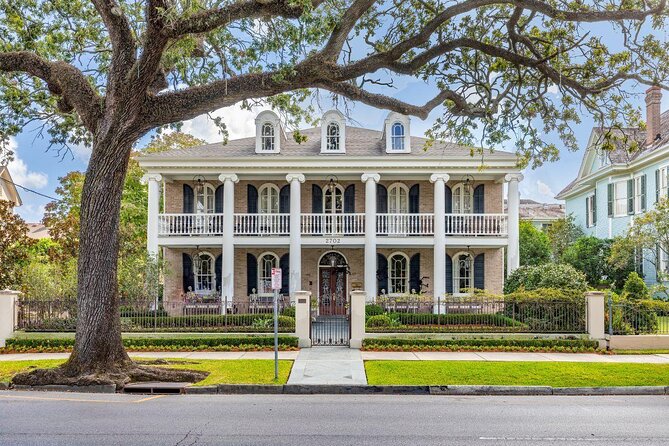
-
Explore the devastation caused by Hurricane Katrina in 2005 and observe the rebuilt neighborhoods along a driving tour of New Orleans.
-
Understand the extensive levee system improvements, including raised heights and strengthened foundations, implemented to safeguard the city from future storm surges and flooding.
-
Discover innovative development projects, such as wetland restoration and elevated housing designs, that enhance the city’s resilience against natural disasters.
-
Analyze the complex interplay of human decisions, climate change, and natural factors that contributed to the catastrophic aftermath of Hurricane Katrina.
-
Observe the ongoing efforts to prepare New Orleans for future storms, including strengthening levees, implementing advanced flood-control measures, and fostering community preparedness.
Uncovering Katrina’s Devastation

The driving tour takes visitors through neighborhoods that bore the brunt of Hurricane Katrina’s devastating impacts in 2005. Guests witness firsthand the lingering effects, from abandoned homes to rebuilt communities.
The guide provides historical context, explaining how the hurricane’s powerful storm surge breached the levees and flooded vast swaths of the city. Discussions explore the complex factors, from infrastructure failures to socioeconomic disparities, that left certain areas more vulnerable.
As the tour progresses, guests gain a deeper understanding of the disaster’s long-term consequences and the ongoing efforts to fortify the region against future storms.
You can also read our reviews of more tours and experiences in New Orleans.
Rebuilding and Resilience
Amidst the devastation left by Hurricane Katrina, the tour showcases the city’s remarkable resilience.
Visitors witness first-hand the rebuilt levees and new development projects that have strengthened New Orleans’ defenses against future storms. The guide provides insights into the ongoing efforts by the Army Corps of Engineers to enhance the city’s storm protection infrastructure.
Participants also learn about the community-driven initiatives that have revitalized flood-affected neighborhoods, highlighting the determination and ingenuity of the local residents.
Through this comprehensive tour, attendees gain a deeper understanding of how New Orleans has emerged from the disaster, bolstering its preparedness and ensuring a more resilient future.
Levee System Enhancements
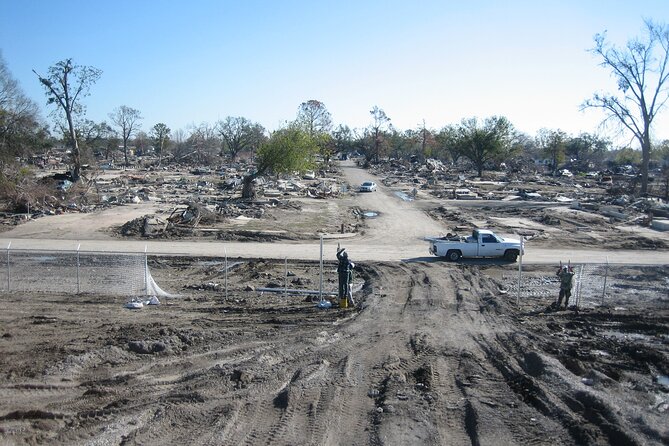
Crucial to New Orleans’ enhanced resilience against future storms are the extensive levee system improvements undertaken in the aftermath of Hurricane Katrina.
The Army Corps of Engineers has led major upgrades, including raising levee heights, strengthening foundations, and incorporating new pumping stations.
These efforts aim to safeguard the city from storm surges and flooding.
Visitors on the driving tour will gain insights into the engineering challenges and solutions implemented to fortify the levees.
They’ll see firsthand how these critical infrastructure projects are shaping the city’s preparedness and long-term flood protection strategy.
Vulnerable Neighborhoods Revisited
Across the city, visitors on the driving tour witness the lingering impacts of Hurricane Katrina’s destruction in vulnerable neighborhoods. Once thriving communities now bear the scars of the catastrophic storm, where recovery efforts continue to this day. The tour guides provide insights into the complex socioeconomic factors that contributed to the disproportionate damage in these areas, as well as the ongoing challenges faced by residents in rebuilding their homes and lives.
| Vulnerable Neighborhoods | Key Impacts |
|---|---|
| Lower Ninth Ward | Severe flooding, high mortality rates, slow rebuilding |
| New Orleans East | Extensive wind damage, prolonged power outages, limited resources |
| Gentilly | Protracted displacement, loss of community infrastructure, uneven recovery |
| Lakeview | Catastrophic levee breaches, prolonged dewatering, lingering blight |
| Pontchartrain Park | Devastating flooding, significant population decline, gentrification concerns |
Innovative Development Projects
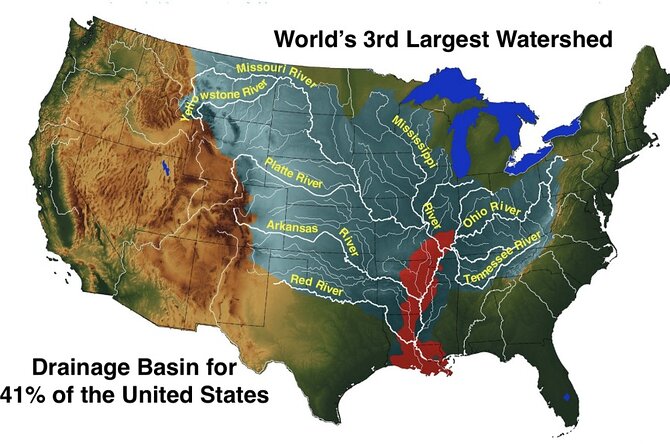
Alongside the lingering recovery efforts, the tour often highlights innovative development projects that aim to enhance the resilience of New Orleans against future disasters.
These projects include:
- Wetland restoration initiatives to strengthen natural storm barriers
- Elevated housing designs to mitigate flood risks
- Green infrastructure like permeable surfaces and bioswales
- Improved drainage systems and flood control measures
- Community-led urban planning focused on sustainability
The tour provides insights into how these progressive solutions are transforming New Orleans, empowering residents, and fostering a more resilient future for the city.
Human and Environmental Factors
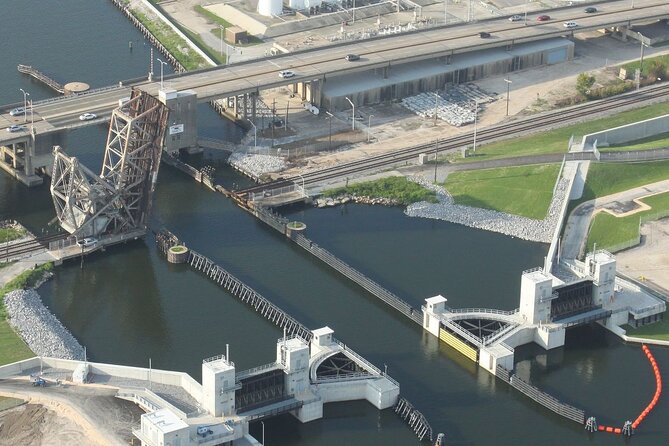
The driving tour also explores the intricate interplay between human decisions and environmental factors that contributed to the devastation of Hurricane Katrina.
Participants learn how decades of poor urban planning, inadequately maintained levees, and lack of investment in storm defenses increased the city’s vulnerability.
They’ll also discuss how climate change and rising sea levels exacerbated the flooding.
Through expert analysis, the tour sheds light on the complex web of social, political, and natural forces that converged to create the catastrophic aftermath.
Preparing for Future Storms
Hurricane Katrina’s devastation underscores the urgent need to fortify New Orleans against future storms.
Ongoing efforts by the Army Corps of Engineers focus on improving the city’s storm defense systems, including:
- Strengthening and elevating levees
- Implementing advanced flood-control measures
- Enhancing early warning and evacuation procedures
- Investing in sustainable infrastructure and housing
- Fostering community preparedness and resilience
These comprehensive initiatives aim to better protect New Orleans from the increasing frequency and intensity of hurricanes.
Things To Known
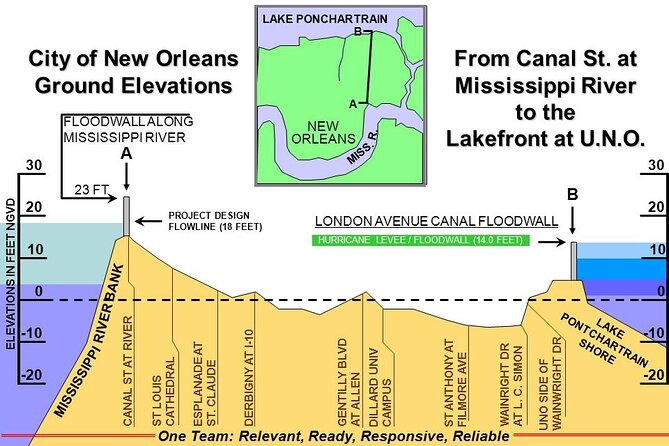
Can the Tour Be Customized to My Specific Interests?
The tour can likely be customized to the customer’s specific interests. Customers should discuss their preferences with the tour provider before booking to ensure the experience aligns with their needs and interests.
Is There a Discount for Larger Groups?
Unfortunately, there’s no discount for larger groups on this tour. The maximum group size is 4 people per booking, with exceptions available for larger groups. Any group size over 4 would need to be priced individually.
Can I Bring My Own Food and Drinks on the Tour?
No, guests are not allowed to bring their own food and drinks on the tour. The tour includes a provided lunch as part of the $695 per group fee. Outside food and beverages are not permitted.
How Often Are the Tour Routes and Stops Updated?
The tour routes and stops are regularly updated to ensure they reflect the latest developments in the community’s rebuilding efforts. The guide will provide insights on any changes made since the last tour.
What Is the Refund Policy if I Need to Cancel?
The tour offers free cancellation up to 24 hours before the experience starts, providing flexibility for guests. Customers can reserve now and pay later, ensuring a hassle-free booking process.
Sum Up
The "Hurricane Katrina: Past, Present and Future Driving Tour" provides a powerful exploration of New Orleans’ journey since the devastating storm. Participants witness the city’s transformation, from abandoned homes to revitalized neighborhoods, and learn about critical infrastructure upgrades, innovative community projects, and the resilience of local residents. By examining Katrina’s legacy and future preparedness strategies, the tour underscores the importance of sustainable development in safeguarding against natural disasters.
More Tours in New Orleans
More Tour Reviews in New Orleans
Not for you? Here's more nearby things to do in New Orleans we have reviewed
- Historical Tour and Musical Show in New Orleans Music Venue
- Handicap New Orleans Airport or Hotel Transfer
- Mystique of the Lower French Quarter
- New Orleans Sunset City and Swamp Tour
- Eternal Echoes: A Cemetery Tour of New Orleans
- New Orleans High Crimes & Apparitions: Immersive True Crime Tour
- Crescent City Chronicles: A Family Discovery Tour
- The Faubourg Tremé Guided Tour in French
- Oak Alley Private Tours
- Haunted French Quarter Audio Tour
- Majestic Oak Alley Plantation Tour
- Hidden Gardens: An Urban Plantation Walking Tour
